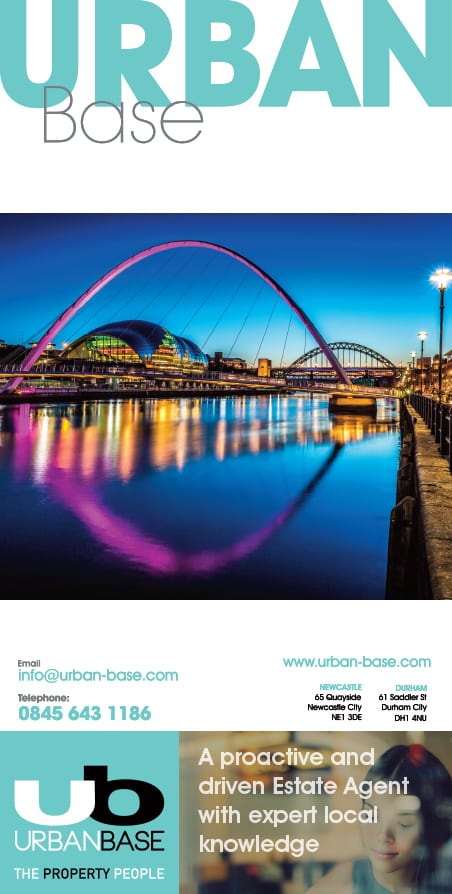There is no doubt that Covid 19 is having, & will continue to have for some considerable time, a significant impact not only upon our working lives, but also upon our working environments.
The demand for office space will inevitably take a hit and the type & location of office space post Covid will most likely need to be different to reflect the changes in our attitude towards travelling & working in close proximity to others when so many people have now become used to working successfully from home.
It may have come as a surprise that this transition has been successfully achieved and business has still been ‘getting done’ but the design of office space and other buildings where people interact is going to have to be reconsidered to encourage people back into what they can consider to be safe environments. People are inherently social animals so the desire to congregate isn’t going to magically disappear. Instead, the built environment is going to have to respond to these needs whether it be office space, the hospitality and leisure industry, residential, care or health.
From our point of view at DWA, as a Practice with over 30 years experience in the healthcare sector, we are already seeing a change in approach to the design of hospital facilities. For example, we are involved with one NHS Trust which has asked us to reconfigure their main entrance to make it ‘Covid safe’. Interestingly, they don’t see this as a short term fix and everything will revert back to ‘normal’ post Covid. They see these changes as being part of the ‘new normal’ and the changes are here for the long term, being driven by lessons learned during the pandemic and how patients and the public have interacted in the hospital’s public spaces.
For example, segregation of people coming into and leaving hospital so their paths do not cross, installation of handwashing stations, screened areas, reduced sitting areas so people are not encouraged to stay, and speaking to people as they arrive to check they have valid reasons to be in the hospital. This is likely to involve re-allocation of resources so that qualified medical staff are on the front line at the hospital receptions to make accurate assessments of individuals’ needs as they arrive. This potentially means creating ‘holding areas’ where patients can wait prior to discussing their particular needs before being given an allocated time to attend an appropriate department or someone comes to collect them.
Other implications may involve reassessing the design and layout of toilet & hand washing/ sanitisation provision throughout entire hospital sites as well as other important matters such as how to safely accommodate visitors to hospitals whilst minimising social interaction. Ward design may need to change to accommodate less people and therefore less visitors. WC provision for patients may need to be reassessed to avoid longs walks to toilets. Smaller self contained wards with ensuites may become the new accepted norm.
Covid 19 will leave a long-lasting imprint on our lives, not only with recovered patients & the sad loss of so many lives, but in the longer term healthcare facilities will need to adapt with consequent changes to our build environment. It isn’t always going to be easy to make such changes within existing settings but the design of new healthcare environments are already incorporating such changes at initial design stage. This may lead to booking hospital appointments via an app on your mobile or being assessed over the phone to minimise personal contact and reduce unnecessary hospital visits. Perhaps the silver lining, if there could possibly be one to come out of the pandemic, is that people may reassess whether they actually need to physically attend hospital in person and we may end up with a more efficient NHS which many people have called for consistently over the years.


